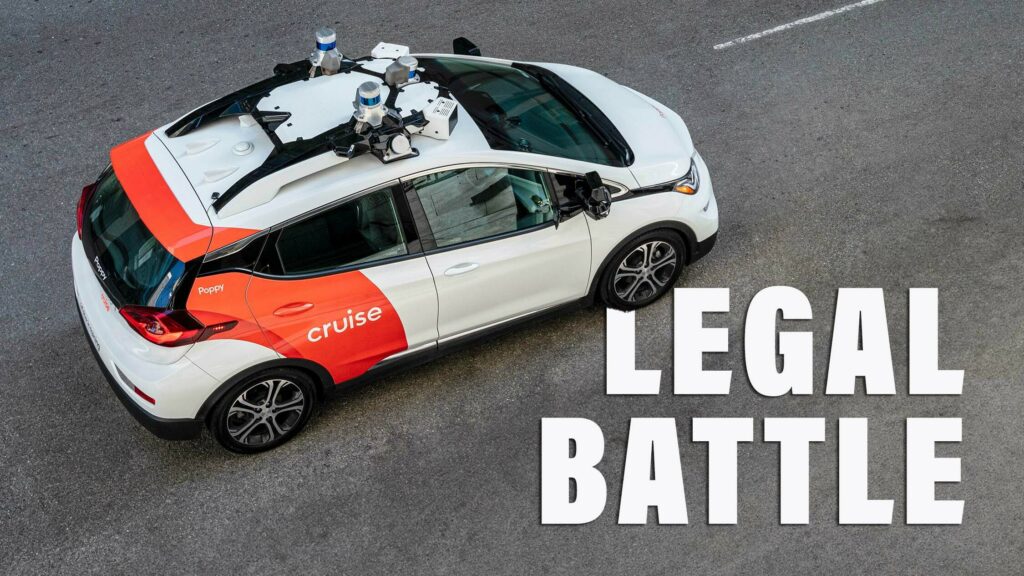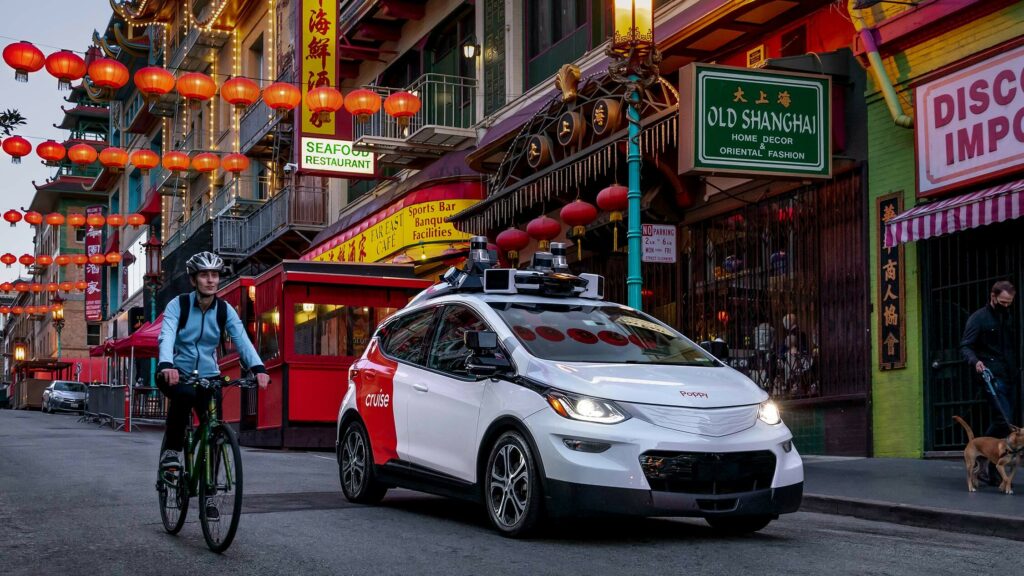Automaker says its troubled Cruise self-driving subsidiary shouldn’t have been used to make tax calculations

General Motors is suing San Francisco, and though its Cruise division is central to the suit, the case has nothing to do with the red and white self-driving robotaxis being banished from Bay Area streets by regulators over safety concerns.
No, the reason GM has gone to battle with San Francisco is all to do with taxes. The General thinks its paid too much over a seven-year period and wants a $108 million refund plus $13 million in interests and penalties to cover the period between 2016 and 2022, Bloomberg reports.
Here’s where Cruise fits into the legal squabble: GM says that tax officials used Cruise’s payroll data to calculate the tax liability, when in fact Cruise is a separate business entity from GM and generates few sales in the area. The suit argues that GM’s “core automotive business does not employ anyone in the city, has no plants or other physical locations in the city, has no dealerships in the city,” and only sells only a small amount of goods in the area, amounting to around $677,000 in 2022.
advertisement scroll to continue
Related: Cruise Slashes 24% Of Workforce As Part Of Safety-Focused Restructuring

The suit won’t do much to smooth over cracks in the fractured relationship between GM and San Francisco. GM was forced to pull its Cruise robotaxis from U.S. roads in the wake of an accident in San Francisco in September when a woman was dragged under one of Cruise’s autonomous Chevy Bolts.
California’s Department of Motor Vehicles suspended Cruise’s autonomous permits following the incident and GM subsequently announced it was laying off 24 percent of the Cruise workforce, putting 900 people out of work.


